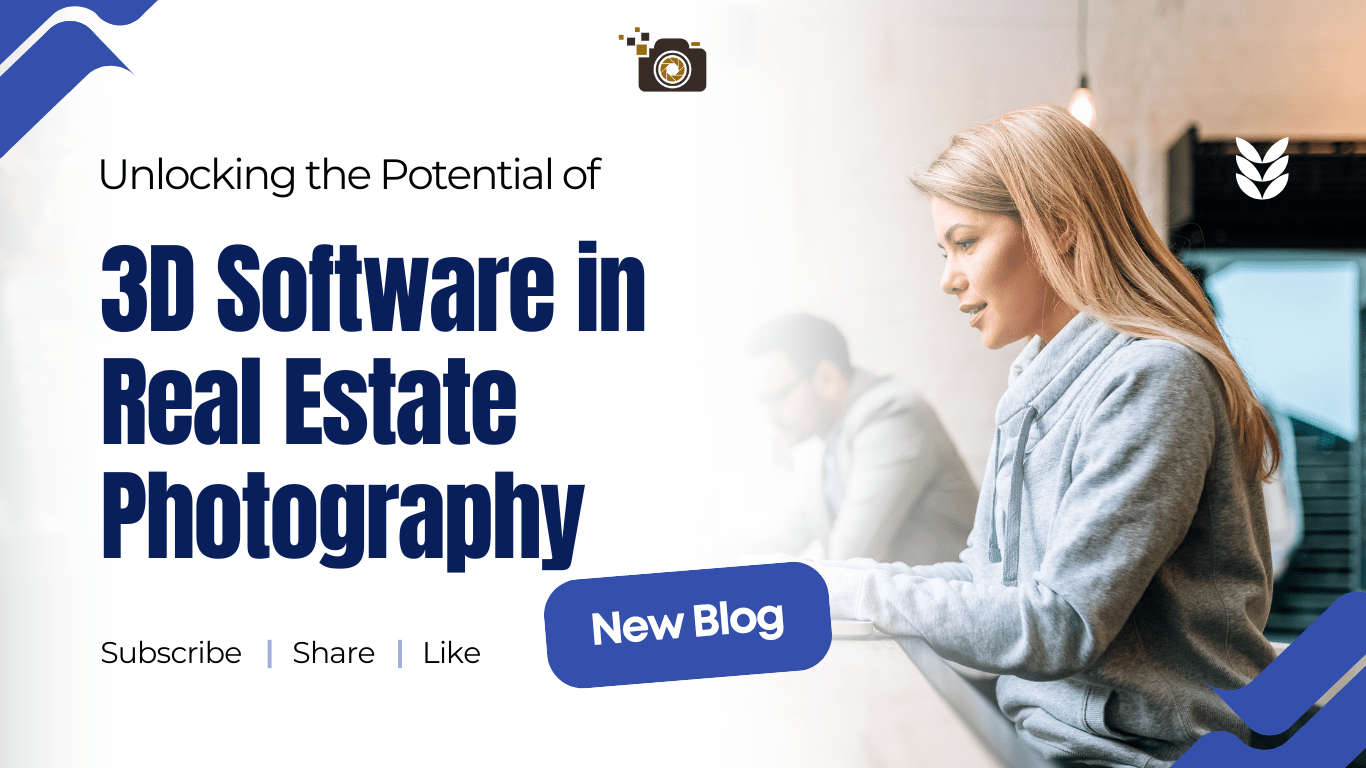Choosing the Top Camera for Professional work is crucial for achieving high-quality results. Whether you shoot portraits, landscapes, or commercial work, having the best gear makes a difference. In 2025, the camera market offers exceptional options with high-resolution sensors, advanced autofocus, and top-tier video capabilities.
Here are the top cameras for professional use this year.
1. Canon EOS R5 Mark II – The Versatile Performer
The Canon EOS R5 Mark II is an upgraded powerhouse. It features a 50-megapixel full-frame sensor, delivering breathtaking image quality. The enhanced Dual Pixel autofocus ensures crisp focus in every shot. This model supports 8K 60p video recording, making it ideal for high-end videographers. With 40 fps burst shooting, it’s perfect for sports and action photography. The price starts at $4,500.
Why Choose It?
- High-resolution sensor for professional-quality images.
- 8K 60p video recording for cinematic results.
- Fast burst shooting for action photography.
2. Sony α1 II – The Ultimate Flagship
Sony’s α1 II is a dream camera for professionals. It boasts a 60-megapixel stacked sensor, producing exceptional detail. The 40 fps continuous shooting speed makes it unbeatable for capturing fast-moving subjects. Its 8K 60p video recording ensures industry-leading video quality. The improved AI-driven autofocus enhances subject tracking. The price starts at $6,799.
Key Features?
- High-resolution imaging with a stacked sensor.
- Incredible speed for action and wildlife photography.
- 8K 60p video with minimal rolling shutter effects.
3. Sony α9 III – The Speed King
Sony’s α9 III is the first full-frame camera with a global shutter. This innovation eliminates distortion in fast-action scenes. It offers 120 fps burst shooting, making it unmatched in speed. The camera records 4K at 240 fps without cropping, appealing to videographers. Its advanced AI-driven autofocus accurately tracks moving subjects. This model starts at $6,200.
What Makes It Special?
- Revolutionary global shutter technology.
- Lightning-fast burst shooting for sports photography.
- Advanced autofocus for precise tracking.
4. Fujifilm GFX100S II – The Detail Master
For professionals needing medium format quality, the Fujifilm GFX100S II is a top contender. It features a 102-megapixel sensor, providing extraordinary detail and color depth. The camera’s in-body image stabilization (IBIS) ensures sharp images even in low light. Its new AI autofocus recognizes subjects with remarkable accuracy. The price is $5,200.
Core Strengths?
- Unparalleled image resolution for studio photography.
- Effective stabilization for handheld shooting.
- AI autofocus for precise subject tracking.
5. Nikon Z9 II – The Powerhouse Performer
The Nikon Z9 II is a top choice for professionals in 2025. It features a 48-megapixel stacked sensor, delivering high-resolution images. The camera records 8K 60p RAW video with internal recording. The advanced subject-detection autofocus locks onto people, animals, and vehicles with precision. The price starts at $5,999.
Main Advantages?
- High-resolution sensor for detailed images.
- 8K RAW video for professional filmmakers.
- Advanced autofocus with subject recognition.
Final Thoughts
Selecting the best professional camera depends on your photography needs. If you prioritize versatility, the Canon EOS R5 Mark II is an excellent choice. For high-speed photography, the Sony α9 III and α1 II lead the way. If medium format detail matters, the Fujifilm GFX100S II is unbeatable. Meanwhile, the Nikon Z9 II is perfect for those seeking a powerful all-rounder.
Each of these cameras offers cutting-edge technology, ensuring you capture stunning images and videos in 2025. Invest in the right camera and elevate your professional work to the next level!
Read more:
Unlocking the Potential of 3D Software in Real Estate Photography
Essential Gears in Real Estate Photography: Insights for 2025




